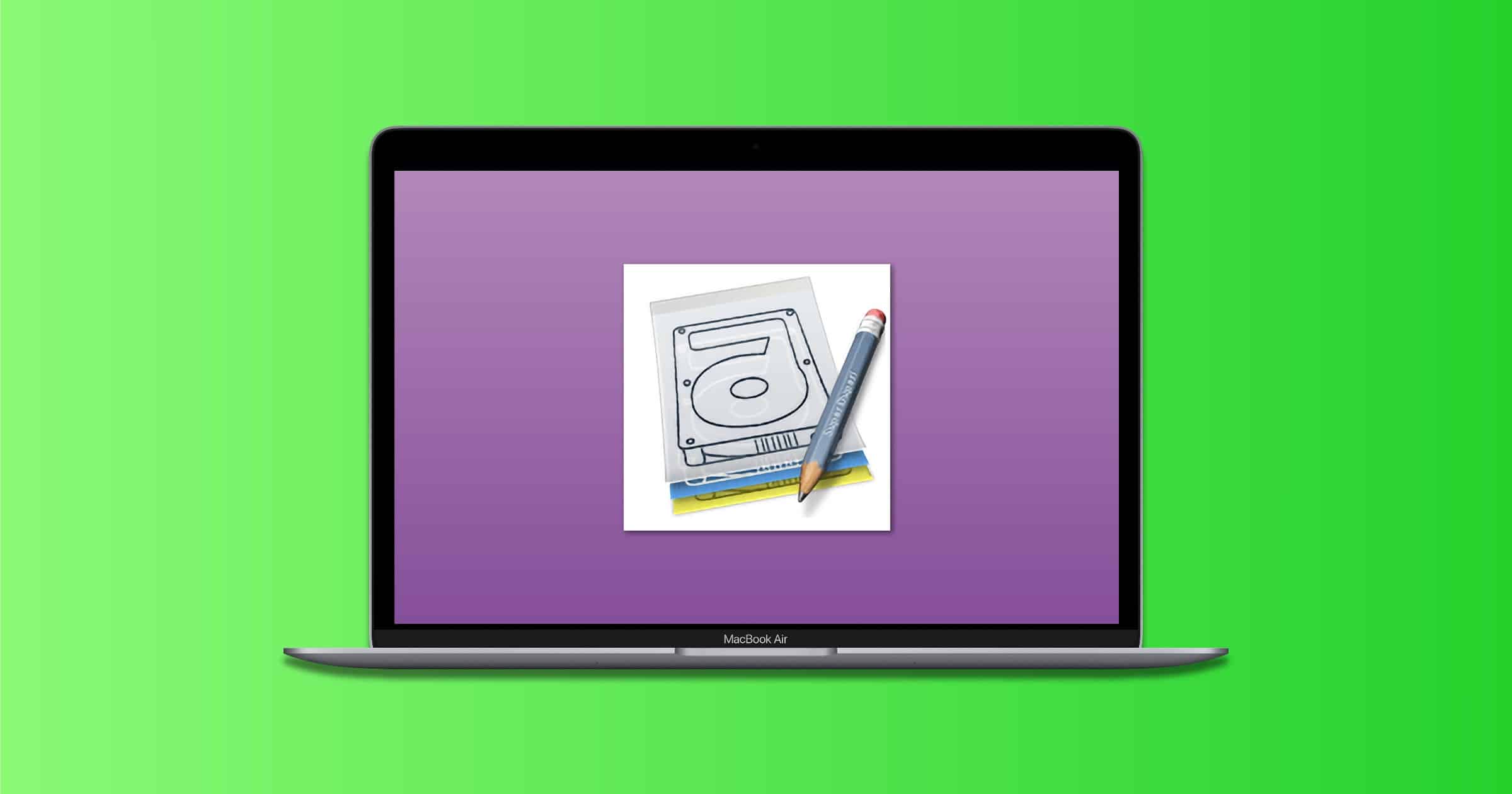

It comes with two default scripts for backing up - one for all files and one for just your Mac’s user files.

A SuperDuper! script is simply a list of exclusions. Don’t let that scare you, as it’s not like a programming language. SuperDuper! uses scripts to perform backups. For myself, I have set up two backups to drive images on my iPod. Although SuperDuper! does notsupport writing directly to CD/DVD, a disk image, if small enough, could be created and then archived to CD/DVD using another application. For backup purposes, a drive image is sufficient and this can be stored on any drive with sufficient space. The destination can be a drive, iDisk or a disk image. In SuperDuper!’s main dialog, you select a source and destination. Although backups are not SuperDuper!’s primary purpose (even the SuperDuper! website blurb focuses on system recovery, not data recovery), many people are using it this way. For the purpose of this review, I will focus on SuperDuper! as a tool for backing up your data because SuperDuper! was recommended to me as an alternative to Apple’s Backup 3. Ideally this requires (on the initial cloning) a hard drive that you can totally overwrite. SuperDuper! can also be used for making a clone of your system, which is obviously very useful in the event of hard disk failure. The “Include” model takes the opposite approach in that it won’t back up anything you don’t tell it to, i.e. This mean you have to tell SuperDuper! what files not to backup, i.e. You can still select files but when it backs up, it modifies the backup image to contain any new or changed files.Īnother difference between SuperDuper! and traditional forms of backup is SuperDuper! uses an “Exclude” model, as opposed to an “Include” model. SuperDuper! on the other hand, creates a single backup, in a sense, a snapshot. Last week I reviewed Apple’s Backup 3 that uses a traditional approach to backup, backing up selected files and building up a library of backups from which to restore.


 0 kommentar(er)
0 kommentar(er)
